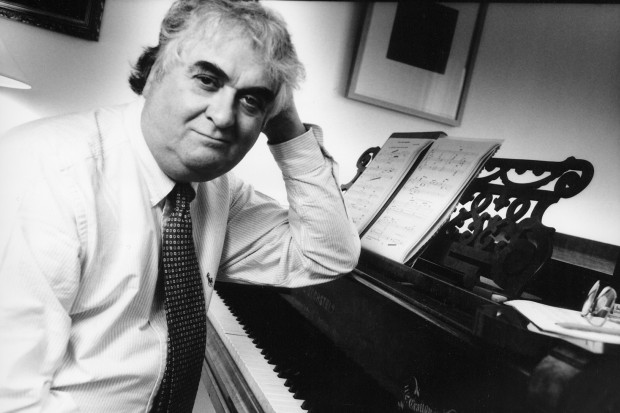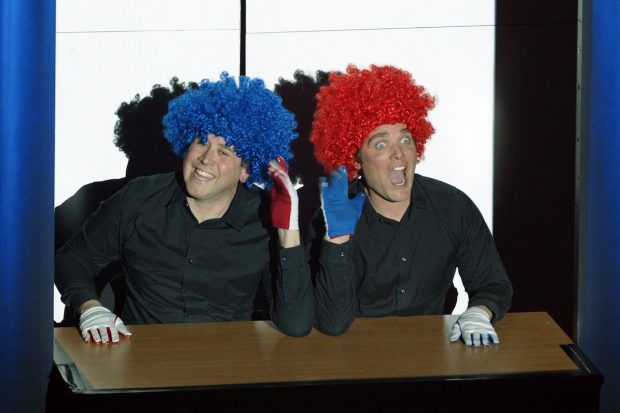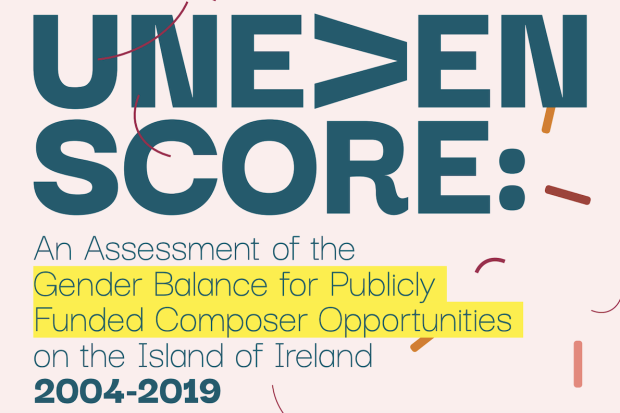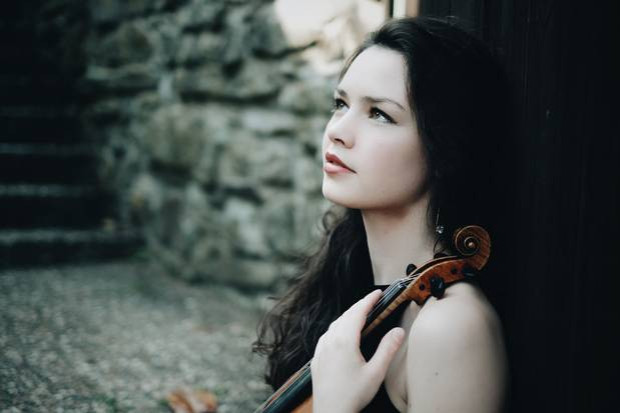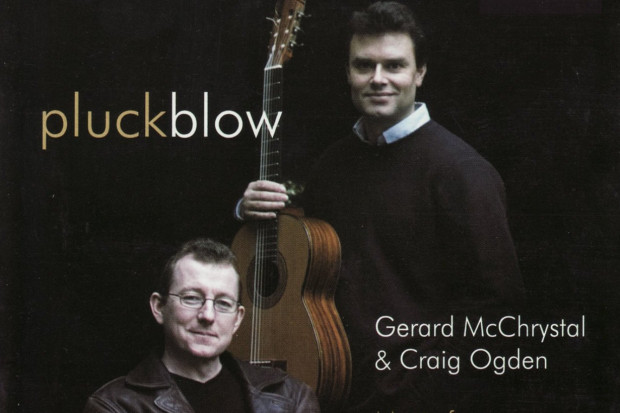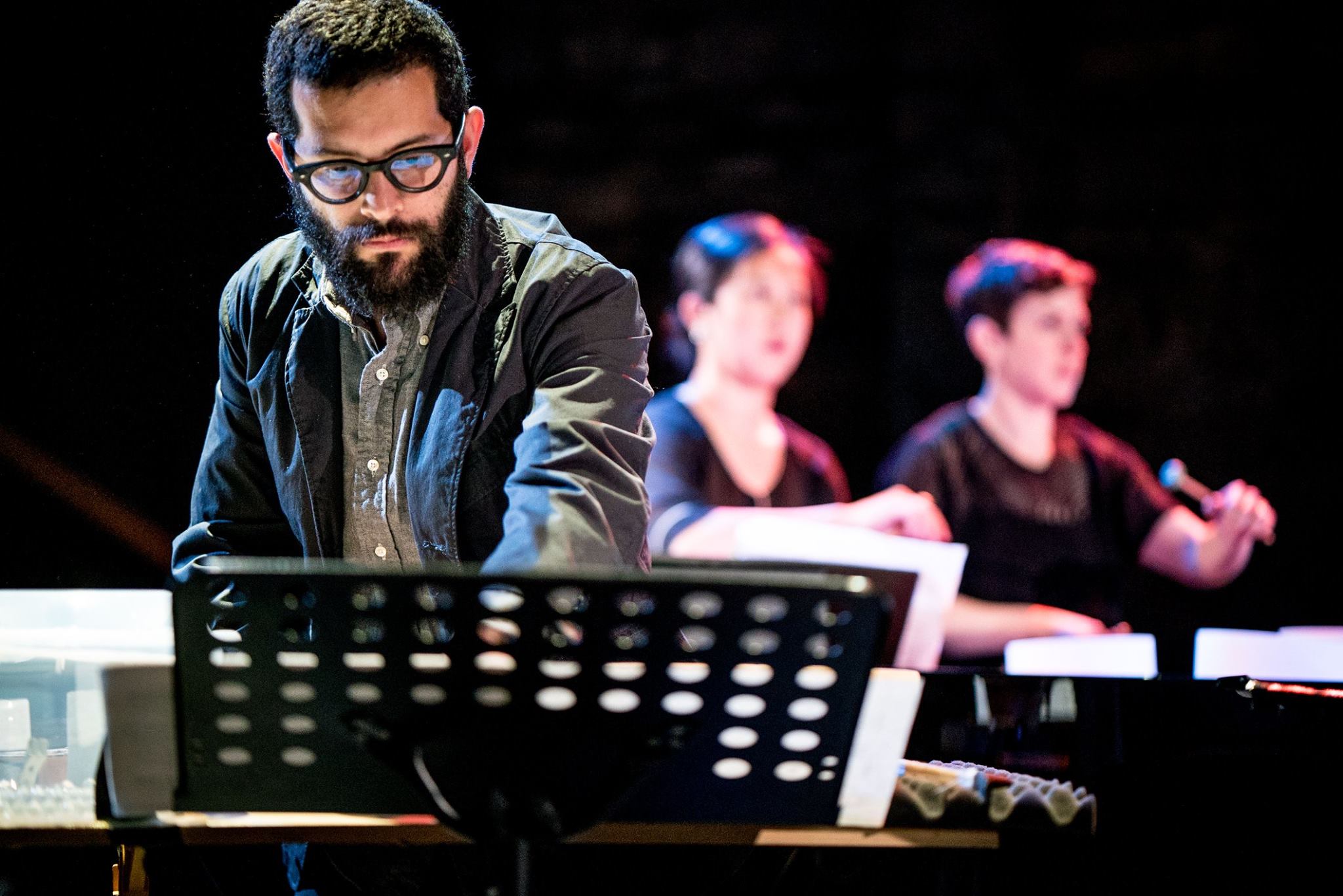
Yarn | Wire at Music Current festival (Photo: Adrian O’Connell)
The Theatre of the Sonic Object
The Music Current Festival is described by its founders, Fergal Dowling and Michael Quinn of Dublin Sound Lab, as a showcase of contemporary Irish electronic music. Its realisation of this remit, however, is broad – across its three years, it has presented a range of experimental, multi-media and improvised works, with an emphasis on sound and space. Each year has also featured a ‘participant’ composer programme, where up to eight composers can take part in workshops during the festival, and have a piece performed in one of the main concerts. (I had the pleasure of being involved in this in the first two years of the festival, in 2016 as a participant and in 2017 as a commissioned composer).
And yet even with this diversity of style and substance, the festival is finding a shape, with the evening concerts following a pattern of more traditional – or at least traditionally presented – solo performer with electronics, multimedia installations, and experimental sound performance. Yarn | Wire’s concert on 13 April belonged to this latter category (somewhat recalling 2017’s Klank concert of experimental percussion).
Pen and paper
Yarn | Wire is a quartet of two pianists and two percussionists, but it was evident from the stage set-up that they are a far more flexible ensemble than this would imply. On stage were just one piano and a number of instrument stations, consisting of the expected percussion instruments as well as an array of found objects from a desk fan to salad spinners.
These found objects mostly came into play for American composer Rick Burkhardt’s Earth Opens. The programme note for this work contains confusing references to his investigation into the relationships between semantics and organised sound, bank loans and our shrinking living spaces. At the risk of, in his own words, taking him too literally, this piece does indeed contain all of these things – Earth Opens explores our business casual folk vernacular, rendered here as a chaotic soundscape of clicking pens, fragments of legalese, pen on paper, set in contrast to a musical vernacular of piano and percussion. Across the length of the piece each world begins to borrow from the other, until eventually the office soundscape becomes organised by musical principles, its participants coordinating in an exploration of resonance and rhythm through clicking pens.

Burkhardt’s use of these sound objects, and Yarn | Wire’s performance of them, proved to be less than convincing though. A clever idea and the initial sonic novelty captured the audience but failed to hold them, its resolution too neat. An extended recitation of a bank loan’s terms and conditions was a missed opportunity to explore this language in a more colourful way; instead the combinations of speaking, clicking, writing became monotonous. It was, indeed, too literal.
Curving beams of sound
Catherine Lamb’s Curvo Totalitas also boasts a dense and at first confusing programme note, but again the work’s performance betrayed a crystal-clear intention that is typical of the composer. Lamb’s work is laser-focussed, often taking elements of the physics of sound and rendering them musically; this work features a tam-tam and steel sheet and processing of these sounds performed live by two keyboardists. The instruments and keyboards were positioned around the audience, the steel sheet and one keyboard on stage, tam-tam and other keyboard to the rear of the audience.
The resulting work was stunning – a reserved exploration of the resulting sound, metallic but rich, heavily processed but still sounding as if produced organically. This blanket of sound, beginning with a build-up of resonance from the steel sheet stretched out to an incredibly fine tension until overtaken by the synthesisers, was meditative and inviting, recalling the deep listening of Oliveros or the shifting tones of Alvin Lucier. It was constant, time-suspending, its evolution defined by the rhythms of the beating between competing overtones floating on top, and the interaction of metallic percussion and washes of sound. It may have been a trick of the loudspeaker array, or the location of the instrumentalists, but it felt easy to imagine the sound as curving beams stretching from one player to the other.
Spinning ball of wire
Irish composer Ann Cleare’s music has no less of the clarity and focus of Lamb’s, but expresses it in a vastly different way. Tending more towards the abrasive, she seems drawn to metallic soundworlds and visual textures, meaning this collaboration with Yarn | Wire seemed an ideal pairing. I should live in wires for leaving you behind is an exploration of the genesis of a ‘sonic object’ that recurs in her work, which she describes as a spinning ball of wire.
Perhaps because she is attempting to look at this sonic object methodically, this piece feels more process-driven than many of Cleare’s other work, focussing more on distinct interlocking rhythms and patterns of exchange between the players, all of which begin stationed at the opened piano. The combination of the pure tones of crystal singing bowls and the scratching, scraping and knocking on the inside of the piano captured the sound of the spinning ball, simultaneously humming smoothly and catching on itself. The ball then began to come apart as one by one, with theatrical flair, the four players turn away to trace their own story in wire over and apart from the constant driving rhythm, becoming ever more physically expressive.
This concert was an example of what Dublin Sound Lab are doing so well with Music Current: balancing high quality music curation with equal consideration of the aural and the visual, never neglecting performative theatricality or compromising on presenting challenging works.
Published on 19 April 2018
Anna Murray is a composer and writer. Her website is www.annamurraymusic.com.




